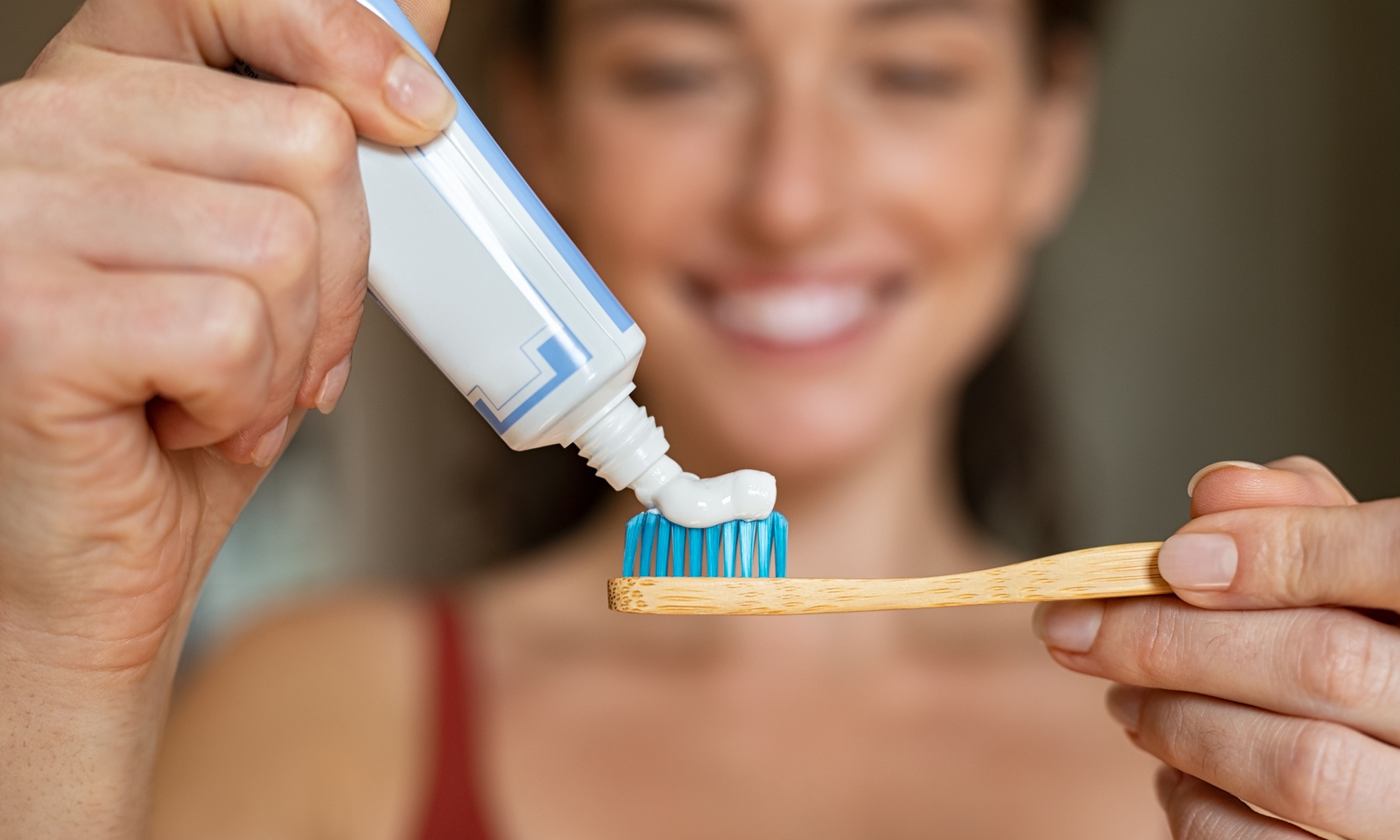Tooth decay is the most common health condition in permanent teeth worldwide, and many adults feel it each time a sip of cold water stings.
A new study suggests toothpaste made from keratin could help protect teeth by guiding an enamel-like shield to form on worn surfaces, moving beyond patchwork fixes.
Lead author Sara Gamea and senior author Dr. Sherif Elsharkawy are based at King’s College London (KCL), in the Faculty of Dentistry, Oral and Craniofacial Sciences.
Hair protein for tooth repair
Keratin is a structural protein that is abundant in hair and wool, and it can be extracted and processed into films, hydrogels, and scaffolds for biomedical use.
The new work leans on biomineralization, the natural process by which tissues organize minerals such as hydroxyapatite crystals to gain hardness and resilience, a long-standing challenge for true enamel repair.
Testing keratin toothpaste
The team made water-based keratin films that self-assemble, then tested whether these templates could organize calcium and phosphate from saliva-like solutions into ordered, enamel-like minerals.
In lab models of early white spot lesions, the keratin infiltrated porous enamel and supported the growth of tightly integrated crystals that restored appearance and improved mechanical properties without drilling.
The authors describe two practical delivery forms, a daily toothpaste for broad use and a professional gel for targeted spots, and note that first consumer products could be feasible within two to three years if development proceeds smoothly.
Comparing keratin to current options
Fluoride toothpastes reduce the risk of cavities compared with non-fluoride formulas, and higher concentrations show a dose-response in children and adolescents.
But fluoride alone cannot rebuild missing minerals where the surface has already opened up.
This is why dentists sometimes turn to resin infiltration, a plastic-based approach that can seal pores yet releases trace monomers and by-products with measurable cytotoxic potential in laboratory systems.
Composite restorations also carry failure risks over time, with secondary caries and fracture among the main reasons that drive replacement in long-term studies.
What could affect its use
Even with promising lab results, market adoption will depend on whether keratin-based toothpaste can match the price and convenience of standard products.
Large-scale production from hair or wool waste will require streamlined collection, processing, and quality control systems to make it cost-effective for daily consumer use.
Public perception may also influence uptake. While some may welcome a natural, sustainable ingredient, others could hesitate at the idea of a dental product derived from hair.
Clear education campaigns and transparent sourcing will be important to build trust and encourage widespread acceptance.
From waste to wearables for teeth
Hair and wool are plentiful waste streams, and keratin extracted from them has been moving into wound dressings, tissue scaffolds, and drug delivery, a good match for circular, low-impact materials in healthcare.
“Keratin offers a transformative alternative to current dental treatments,” Gamea explained.
“Not only is it sustainably sourced from biological waste materials like hair and skin, it also eliminates the need for traditional plastic resins, commonly used in restorative dentistry, which are toxic and less durable.”
If the keratin platform can be manufactured consistently, it could reduce reliance on petroleum-derived resins for some indications, while better matching tooth color and light scatter for a subtler look.
Safety of keratin toothpaste
Before keratin-based toothpaste can reach consumers, it must pass through regulatory review to ensure both safety and efficacy.
In the United States, the Food and Drug Administration (FDA) would likely require it to be evaluated as an over-the-counter drug or medical device, depending on claims and formulation, which involves rigorous preclinical data, human trials, and manufacturing quality checks.
Similar processes apply in the European Union, where approval would require conformity to Medical Device Regulation standards.
Toxicology assessments will need to confirm that keratin derived from hair or wool is free of harmful contaminants and does not trigger allergic reactions.
Long-term wear studies will also be important to ensure that mineral layers formed on the enamel remain stable and do not flake or stain.
These steps will help confirm that the product is not only innovative but also safe and reliable for daily use.
When to buy keratin toothpaste
Keratin biomaterials already show encouraging biocompatibility in areas like wound healing and tissue engineering, which helps the case for oral use, though dental products will still need rigorous safety, wear, and flavor testing before approval.
If trials confirm durable protection and relief from sensitivity in real mouths, the first wave may target early lesions and post-whitening sensitivity, with daily toothpaste following as manufacturing scales.
The study is published in Advanced Healthcare Materials.
—–
Like what you read? Subscribe to our newsletter for engaging articles, exclusive content, and the latest updates.
Check us out on EarthSnap, a free app brought to you by Eric Ralls and Earth.com.
—–
